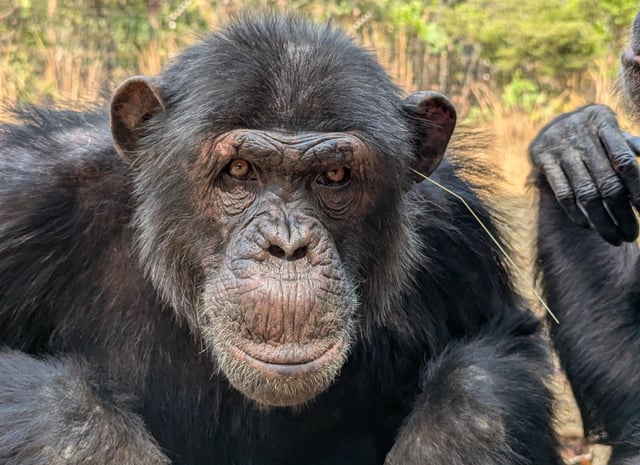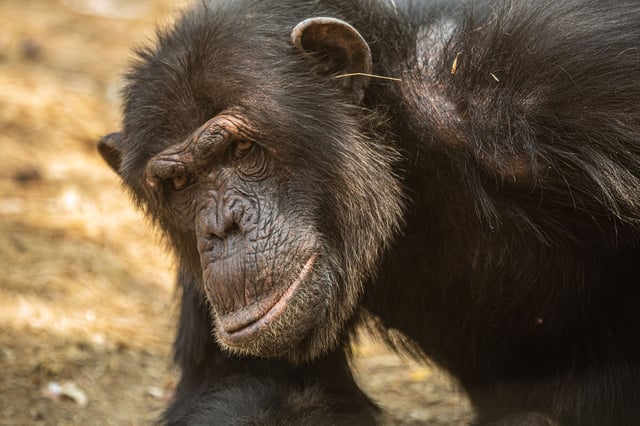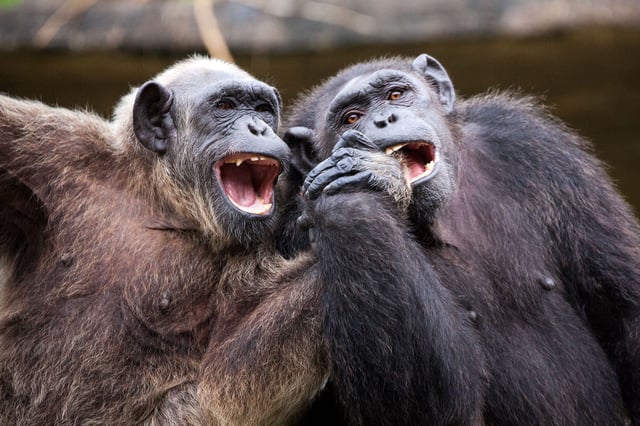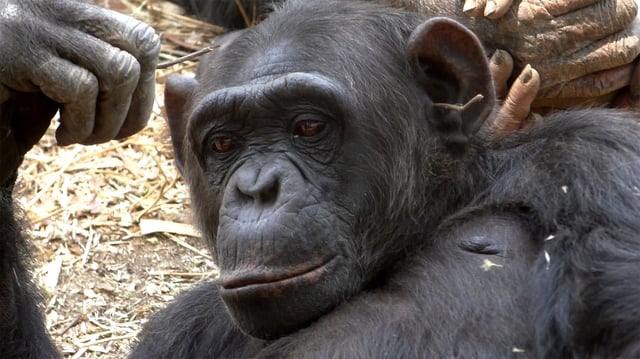Overview
- Network-based diffusion analysis shows both ear- and rear-grass behaviors spread by social learning rather than individual invention
- The grass-in-orifice fads independently emerged in two unconnected chimpanzee groups at Chimfunshi Wildlife Orphanage Trust more than a decade apart
- Interviews with caregivers reveal chimpanzees likely imitated humans using grass or matchsticks to clean their ears
- Both grass-in-ear and grass-in-rear traditions have persisted long after the original trendsetters died, highlighting their durability
- Researchers suggest these arbitrary behaviors may strengthen social bonds and offer insight into the evolutionary origins of human cultural customs



